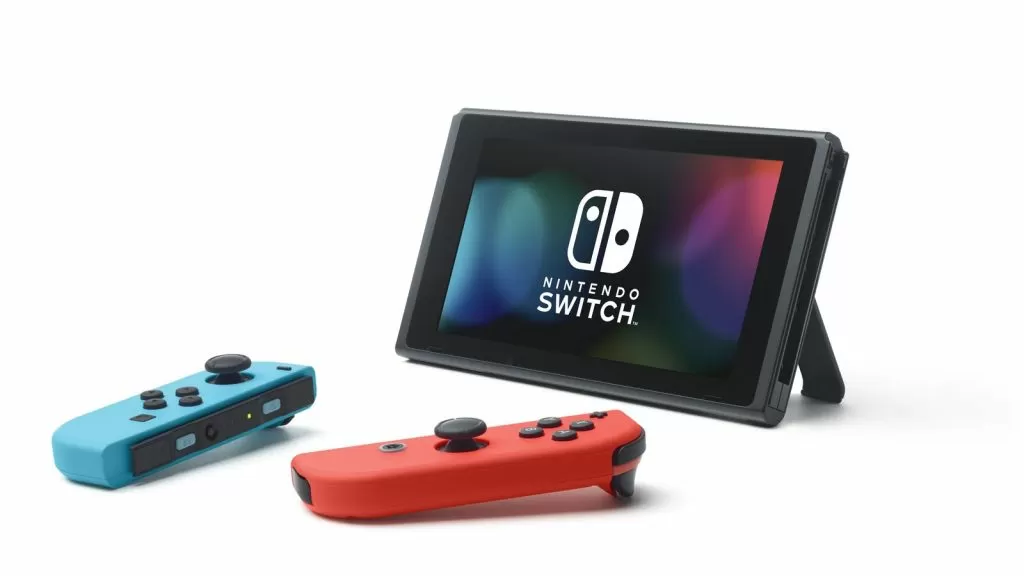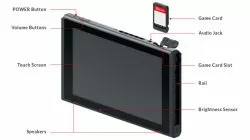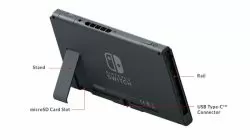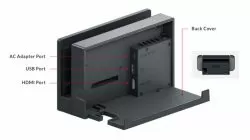Nintendo Switch Hardware Specifications - A Closer Look
The Nintendo Switch live stream confirmed many things about the console’s hardware that gamers have been speculating for a while. The console runs at 720p when undocked, up to 1080 p when docked. It comes with 32 GB of internal memory, which you can boost using microSDHC and microSDXC cards. The physical game copies come on small game cards, much like tiny cartridges.

The screen itself is a 6.2″, 1280 x 720 multitouch display. Yes’ that makes it roughly the size of the Wii U GamePad screen, just with a much higher pixel count. When you dock the console, its processing power gets a boost necessary to render games in 1080p. You can connect the dock to any external screen via HDMI cable. Pretty standard fare. Undocked, it can only render up to 720p. This is a fair trade-off, since you’ll want to preserve as much battery life as possible. Legend Of Zelda: Breath Of The Wild will run at 720p on the go, and 900p in the dock.
As for the sound, the console itself features two small speakers in the lower corners. It also feature a headphone jack. However, it can output 5.1 surround sound via the HDMI cable. The front of the console also has a brightness sensor, allowing it to adjust to your lighting conditions.
As far as battery life goes, it depends wholly on which game you’re playing. It can be anywhere between 2.5 and 6.5 hours. It can handle Breath of the Wild for about three hours, Nintendo says. We don’t know much about the battery life of the Joy-Cons. However, we do know that the Grip will charge them while you play, as long as it’s connected via USB. Additionally, you can get a separate accessory grip that has its own battery and can charge them passively. You can find out more on Nintendo Switch accessories and prices in our article.
As far as the front of the console goes, there’s not much else of interest. It’s pretty standard tablet fare: The power button, volume buttons etc. The Game Card slot is on the top. The format of the physical games is not surprising, considering its hybrid nature.
Looking at the back, we can see a stand to prop the undocked console up, a Type-C USB connector, and a slot for microSD cards. The console ships with 32 GB of internal memory, which, as many have pointed out, is fairly laughable. Fortunately, you can boost that using any microSDHC and microSDXC card. You won’t have to get some special Nintendo-made ones.
The dock features three USB ports. Two 2.0 ports are on the sides, for connecting and charging accessories. Opening the back cover reveals a 3.0 USB, an AC adapter port and the HDMI port. Wireless Internet will work via 802.11ac standard, and the Switch is able to support up to eight systems on one local Wi-Fi. Ethernet adapters will work via USB, though it only connects to the dock, and not the console itself.
The price of the Switch is $299, and it’s already up for pre-orders, while the full release will be on March 3rd. All of the pre-orders are already taken, since Nintendo is sticking to the NES Classic strategy of understocking retailers. Good luck out there!




